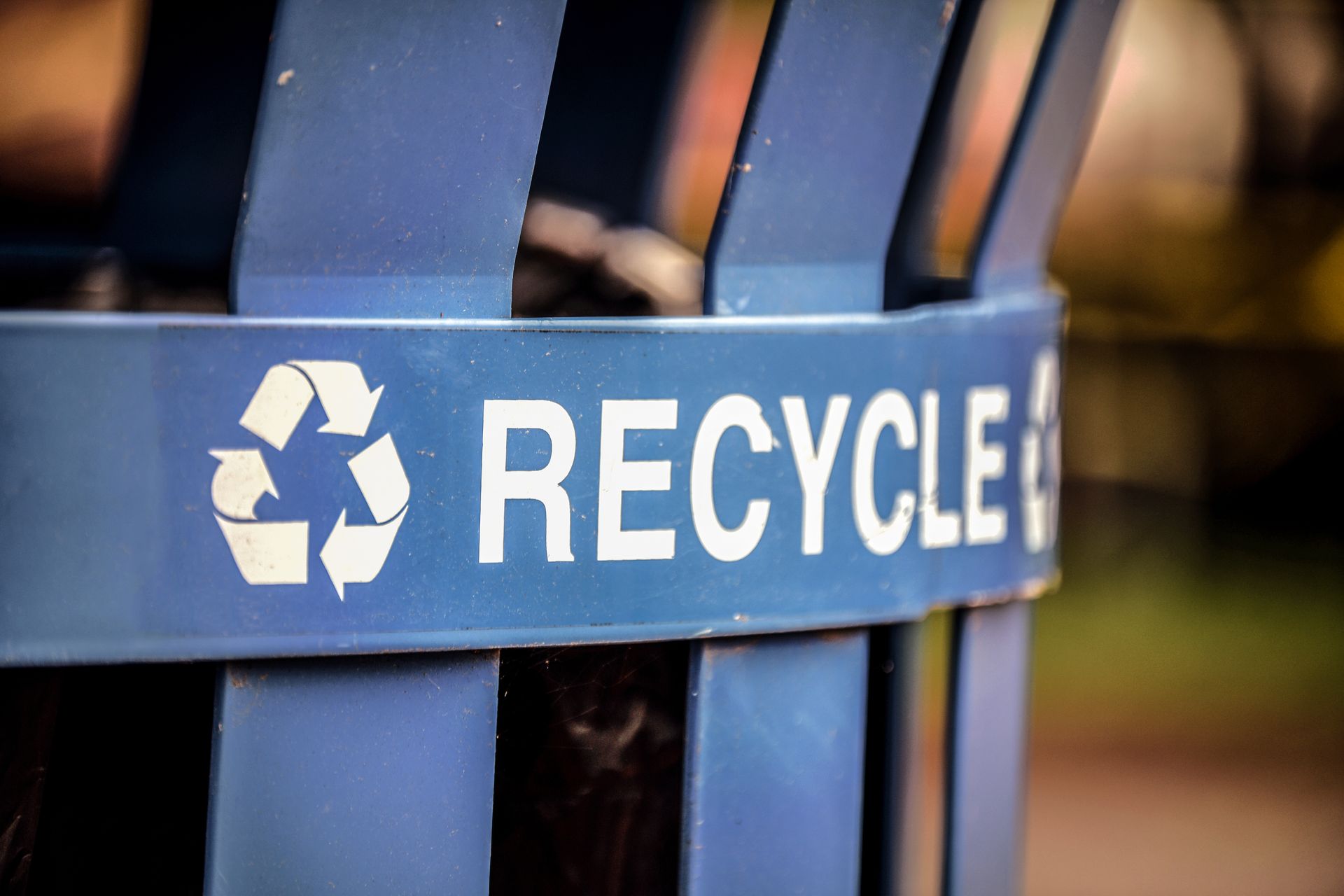Data: Through advanced data collection and analysis, we can gain insights into resource consumption, waste generation, and environmental impact. IoT devices, smart sensors, and data analytics platforms enable real-time monitoring of processes, supply chains, and energy usage, providing a comprehensive understanding of our ecological footprint. With this knowledge, we can identify inefficiencies, optimize resource use, and minimize waste, thereby accelerating our transition toward a circular economy.
Understanding Environmental Debt: Unseen Consequences and Effective Solutions
Debt. Yep, that's a word that can weigh you down. We've all been there, whether from investments we needed to make or those impulse buys that got the best of us. Either way, you've got to pay your dues because if you don't, that debt keeps piling up, compounding by the day.
Now, imagine that same concept applied to our environment. In many ways, we've been doing the same thing with our planet's resources, chasing short-term gains while the long-term consequences keep stacking up.

Environmental debt is all the negative impacts we've inflicted on the planet through consumption, waste, pollution, deforestation, and depletion of natural resources. It's like a debt we owe, and it keeps growing with every shortsighted decision.
There are encouraging strategies and initiatives underway to tackle this looming issue. One approach that shows immense promise is the concept of the circular economy. This innovative model transforms our current systems of manufacturing and consumption into a closed-loop system, where resources are conserved, reused, and recycled to minimize waste and reduce environmental impact.
Unearthing Environmental Debt: Real-Life Consequences and Causes
We won’t spend too much time talking about the consequences of compounding environmental debts; this article is about the circular economy as a tool to reduce our debt. But for good measure, here’s a recap of some of the most common negative outcomes:
This is just the tip of the iceberg. These examples illustrate the wide-ranging consequences of environmental debt. By understanding the ramifications of our actions, we can take informed steps toward a more sustainable future.
Environmental Debt in Action
Let's talk about a significant driver of environmental debt: consumption habits and waste recycling practices. While the circular economy is not a cure-all solution, it offers a promising path to address some root causes that compound our collective debt.
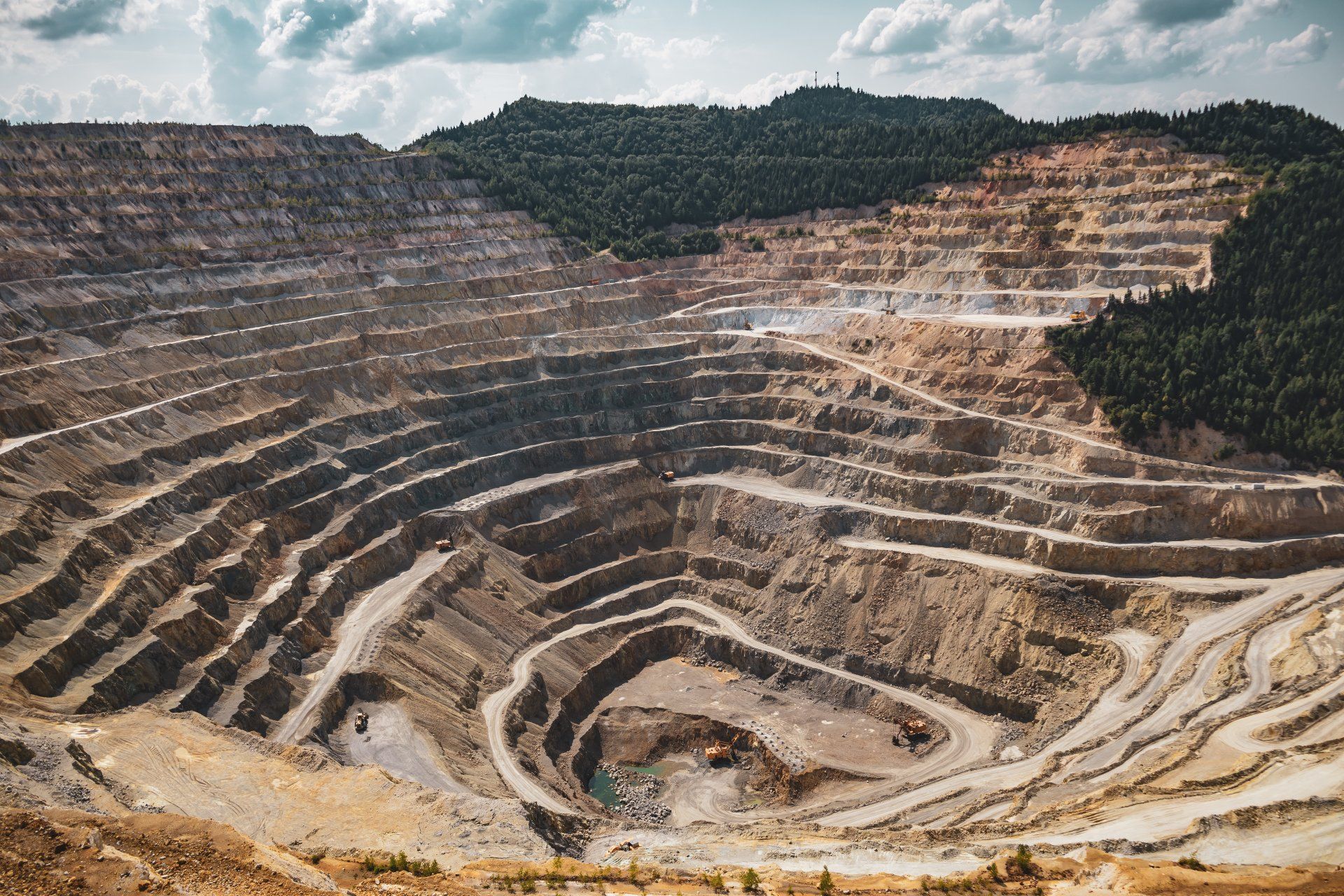
Resource Depletion
- Activities like deforestation and mining disrupt ecosystems and deplete natural resources, exacerbating environmental debt.
- The circular economy prioritizes resource conservation, promoting reuse by establishing efficient recycling systems to alleviate the burden caused by resource depletion.
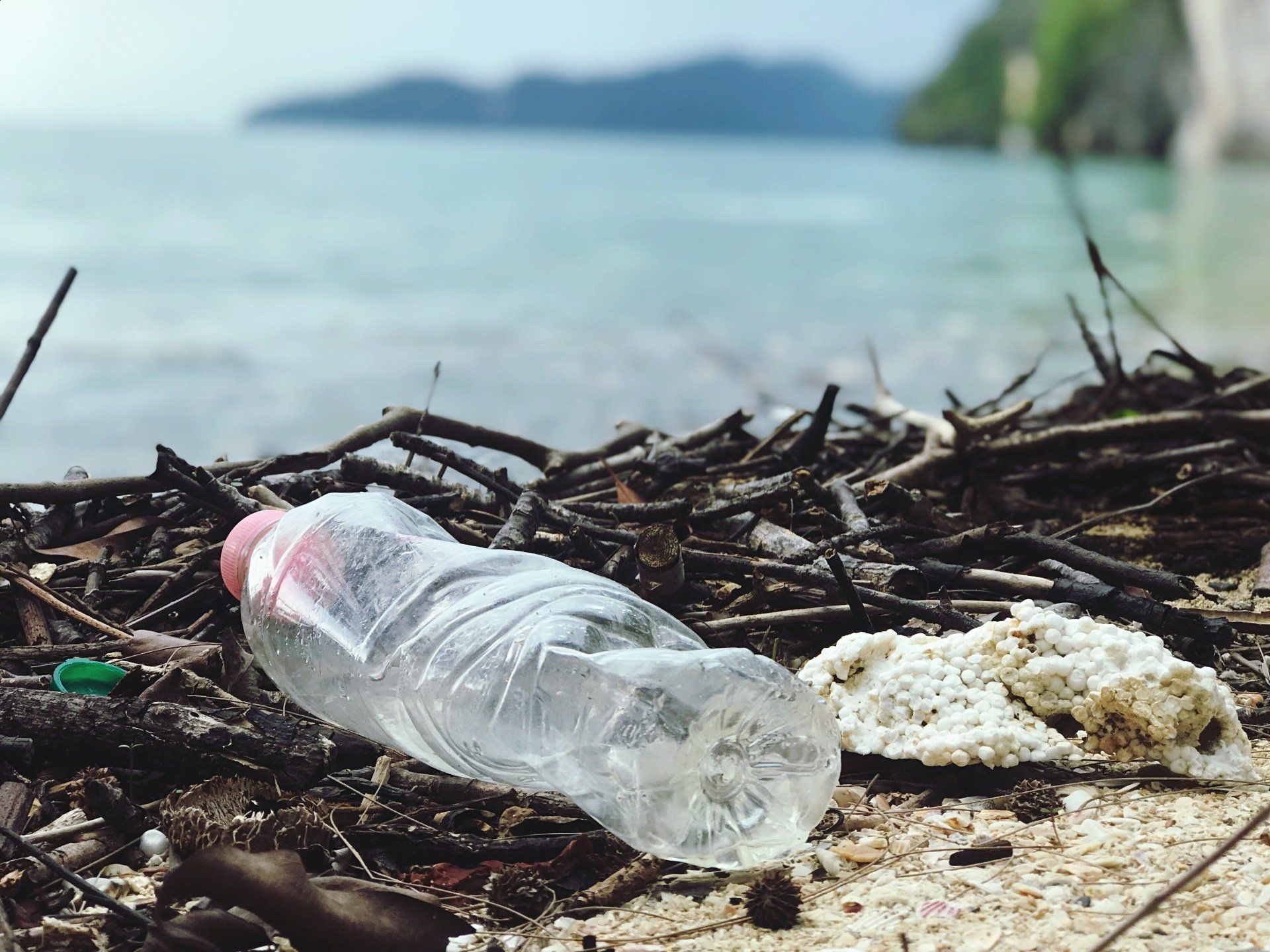
Single-use Plastics
- Disposable plastics, particularly in packaging and food service, contribute significantly to environmental debt through the linear "take-make-waste" approach. This perpetuates the cycle of plastic pollution, endangering marine life, ecosystems, and overall ecological health.
- A more effective recycling system and alternatives to single-use plastics are integral to reducing the environmental debt caused by unnecessary material waste.
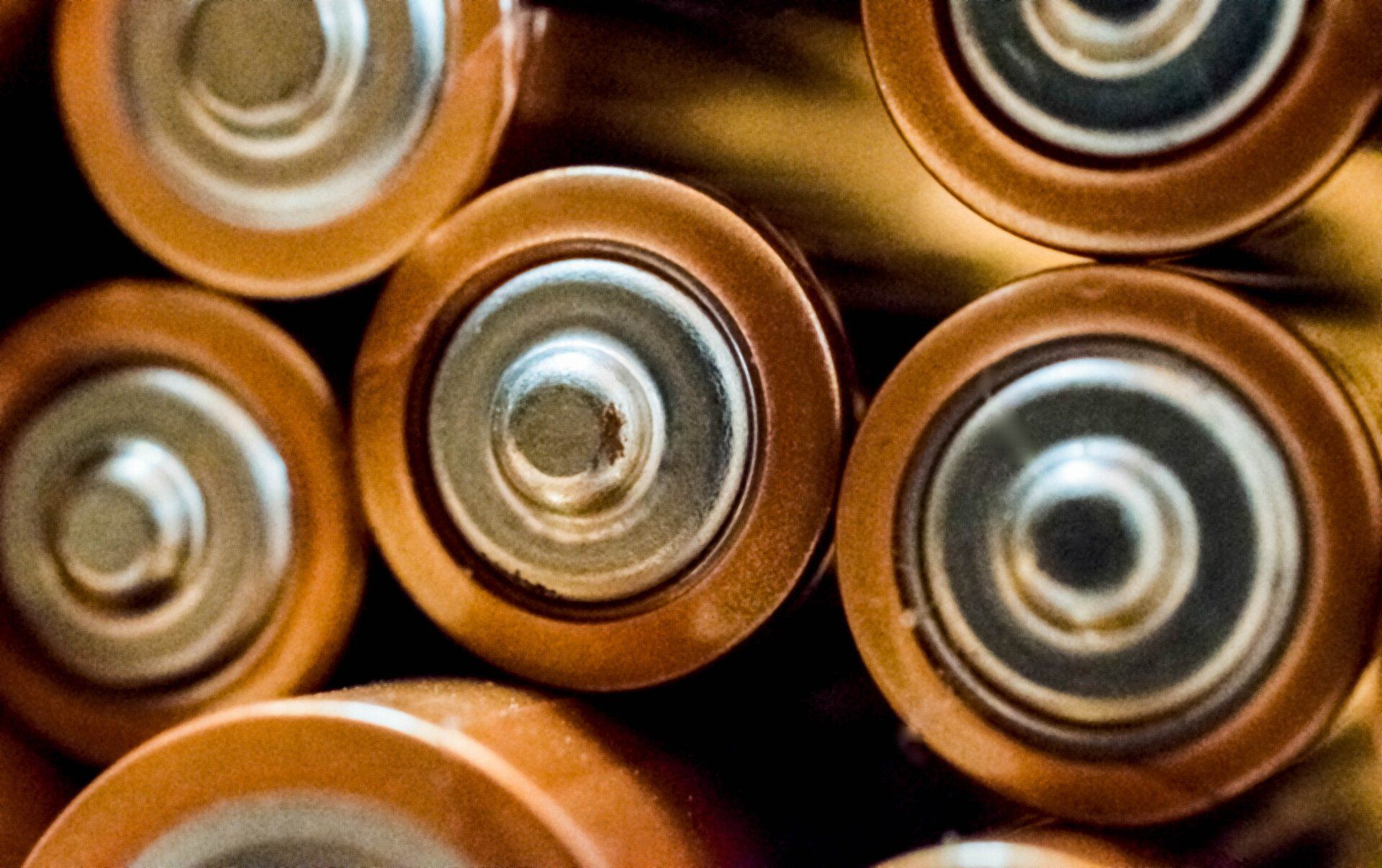
E-Waste
- Improper electronic waste disposal poses substantial environmental risks, including releasing hazardous chemicals and wasting valuable resources such as gold and silver.
- Responsible e-waste management, including repair, refurbishment, and recycling, is essential in minimizing the negative impacts associated with e-waste.

Food Waste
- Food waste contributes significantly to unnecessary resource consumption and harmful GHG emissions on a global scale.
- Optimizing food resource usage and implementing waste reduction strategies throughout the supply chain are crucial steps toward reducing the environmental impact caused by food waste.
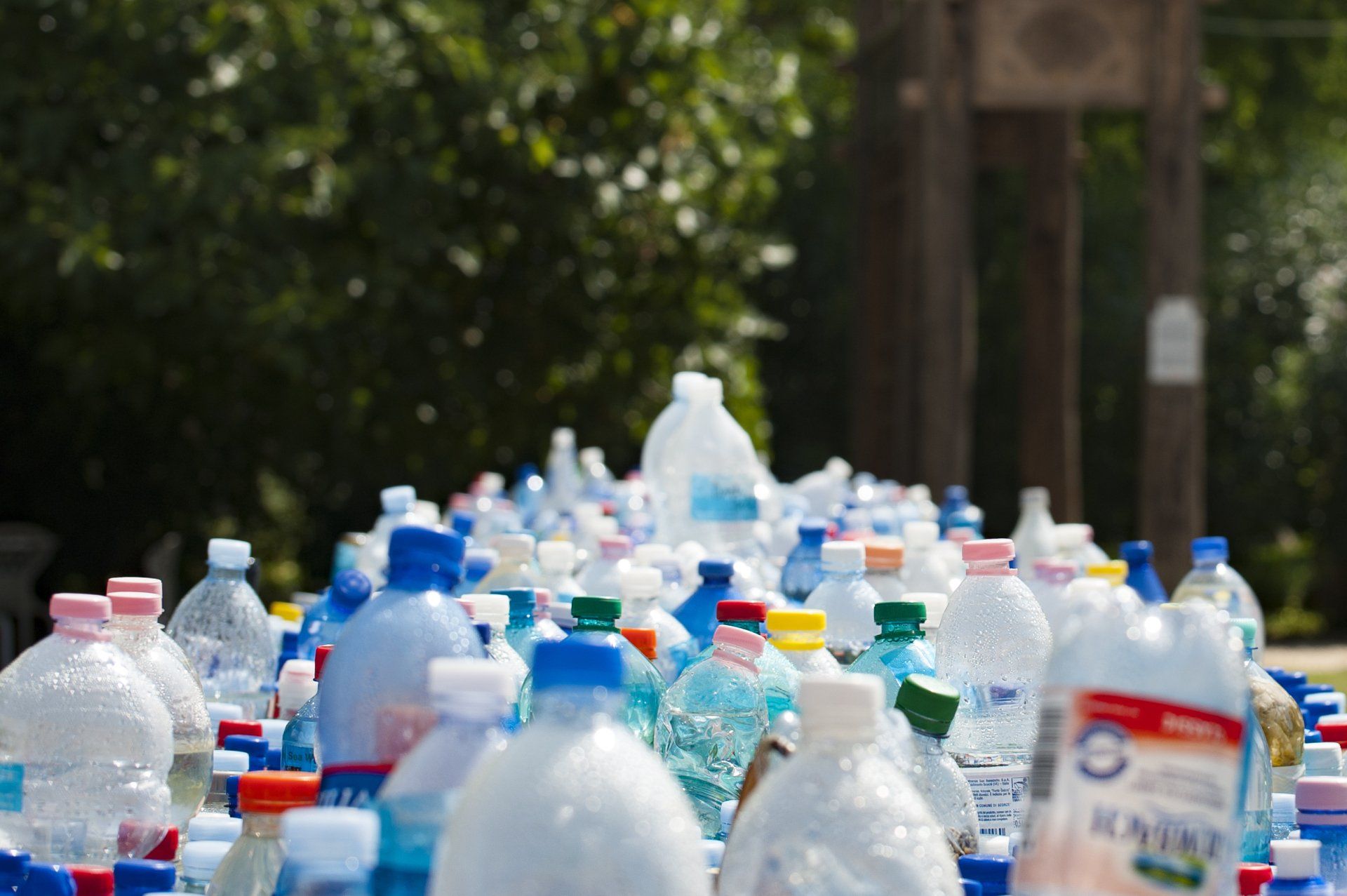
Lack of Recycling
- Inadequate recycling programs result in most waste being sent to landfills or incinerated, further exacerbating the environmental impact.
- The circular economy emphasizes improving recycling infrastructure and waste management systems and promoting responsible consumption and recycling culture.
Harnessing Technology to Advance Circularity Principles for Reducing Environmental Debt
So it's clear that environmental debt, like most debt, is a problem. Fortunately, there are numerous initiatives underway, including the circular economy. One of the ways we can enhance the adoption of circularity principles is by leveraging technology to measure and accelerate initiatives.
Think of technology as a financial management tool for our planet. When it comes to personal debt, technology enables us to track our finances, make informed decisions, and optimize our spending. Similarly, we can leverage technology to collect, analyze, and utilize data, driving sustainable practices.
The circular economy, combined with the advancements in technology, offers a powerful tool for addressing some of the challenges of environmental debt. Just as technology has revolutionized our approach to financial debt, it can revolutionize our approach to environmental debt. Technology can accelerate the transition to a circular economy, enhance resource management, foster transparency, and collaboration, and create innovative business models that drive sustainable practices.

About Diversys
Diversys is proud to have its roots in Ontario, Canada - a province widely recognized for its leadership in EPR and sustainability. Since 2019, we've been dedicated to creating innovative software solutions that drive progress toward a world without waste.
Our story is a testament to the power of hard work, customer loyalty, and big ideas. We are committed to empowering organizations with the waste recycling software solutions necessary for achieving a sustainable future. Our cutting-edge software platform is helping organizations achieve their ESG goals, meet reporting obligations, and improve operational efficiency for their recycling programs.
Our commitment to delivering world-class solutions that drive meaningful progress towards waste reduction and a more sustainable future is unwavering. Our team of industry experts is ready to help you navigate the rapidly-evolving waste management landscape as we progress toward a circular economy.



